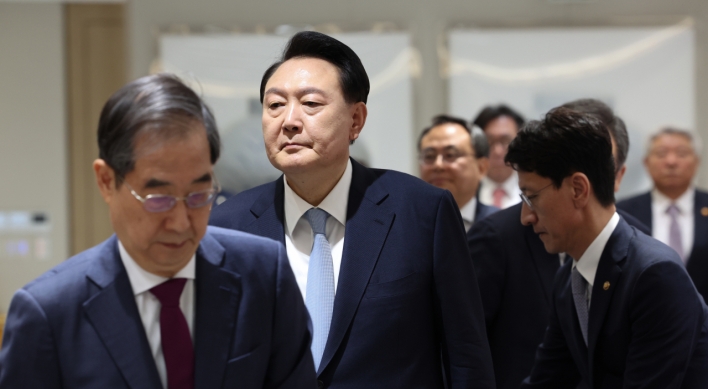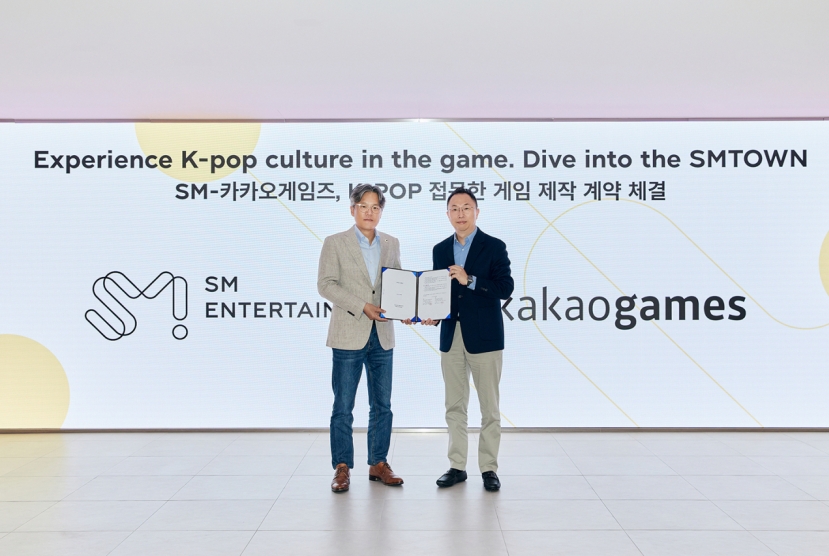This is the third in a series of articles introducing key features at the upcoming Herald Design Forum 2015 to be held in Seoul on Nov. 10. --Ed.

Food has certainly been an important part of Korean culture and lifestyle. Try any number of channels on the television these days, and you will find food at any time of the day. Celebrities take mouthfuls of gourmet meals while chefs whip up dish after dish of their secret recipes. No wonder the recent Washington Post wrote an article on how “sexy cooking men” dominate the media, calling them “the latest food craze.”
One of those star chefs, however, said “it is plating that completes a dish,” not taste, emphasizing the importance of presentation.
Brett Muller, pastry chef at the Grand Hyatt Seoul, agrees; although balancing taste, smell, texture and colors remain the most important, visual presentation can influence its first impression. “Even before tasting a dish, customers take time to enjoy, appreciate and bond,” he said.
Chefs pore over each dish, meticulously designing the whole atmosphere. This does not mean that chefs are becoming “designers,” though. “Design is not just about what looks good and beautiful. It also has to be based on functions such as how we use or eat (food),” said Marti Guixe, an industrial designer who pioneered the area of food design.
Food design seeks to help us solve problems that might occur while we eat -- in addition to consuming food that are pleasing to all our senses -- or give ideas on what might be needed in the process. Unlike gastronomy, food design takes food more as “an edible design product” and suggests ways to adjust and reconstruct food for the present reality,” explained Guixe. (“A food designer is somebody working with food, with no idea of cooking,” he once said.)
His I-Cakes are real cakes decorated as pie graphics that visualize the ingredients, indicating them in percentages -- sugar, flour and eggs in different colors -- so decoration also becomes information. It is more of a designer’s approach than that of a patissier, indeed, but one based on an attempt to help consumers’ need to be more aware of what they are consuming.
As technology increasingly fills our everyday lives with “virtual reality,” the act of eating might be one of the last “real” actions left. This is why reality matters in designing the series of acts: from buying ingredients, cooking and putting the food on a dish to eating.
But for as long as current generations remember, kimchi and doenjang-jjigae, or soybean paste stew, have been favorite dishes among Koreans. What actually changed is our lifestyle, the speed at which we are living. Even for food, the needs for effectiveness and convenience are growing.
Guixe designed a “hands-free lollipop” that could stand on its own, as if to say: Who has the luxury of having a hand free enough to hold candy?
Shopping for groceries, or increasingly readymade meals, require even more time and effort. And to survive amid the sea of choices available for mass consumption, food as a commodity should not only taste good but also look good for maximum appeal.
Packaging is not just about protecting what is inside. It should be designed to maintain balance between function and message, but “most importantly to create ‘desire,’” said Phoebe Glasfurd, an award-winning design consultant. “The form and materials of packaging should complement the product, tell us what it is about and provide reasons for the consumer to purchase the product,” she added.
“Mommy Standard Muesli Book,” Shinsegae’s recent launch for its private brand Peacock line, boasts a novel package that incorporates a message. Designed to look like a book set of five, each box contains mueslis made of vegetables and fruits categorized by color, beckoning consumers to choose it for their children.
Guixe takes one step further and actually ingrained a message via a tiny seed. His Oranienbaum lollipop has a seed inside so all you have to do is spit out the seed after eating the orange candy. You might have contributed to reforesting the earth.
The designer will elaborate in person how he has added imagination to objects, and by taking a novel approach to food as a new material for design, reinterpreted its function and meaning, at Herald Design Forum 2015. The forum will be held at the Grand Hyatt Seoul on Nov. 10, under the theme “Design Platform Adds Value through Integration.”
By Special report team (milaya@heraldcorp.com)







![[KH Explains] How should Korea adjust its trade defenses against Chinese EVs?](http://res.heraldm.com/phpwas/restmb_idxmake.php?idx=644&simg=/content/image/2024/04/15/20240415050562_0.jpg&u=20240415144419)










